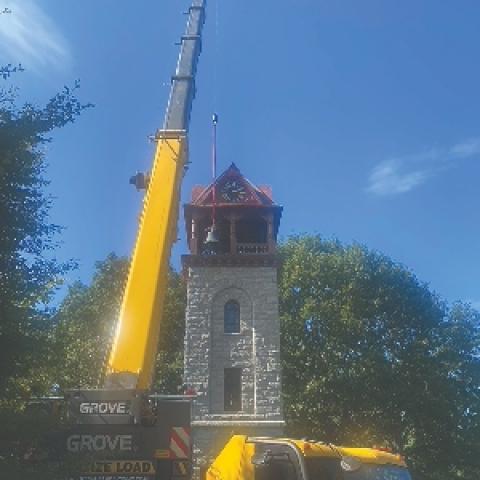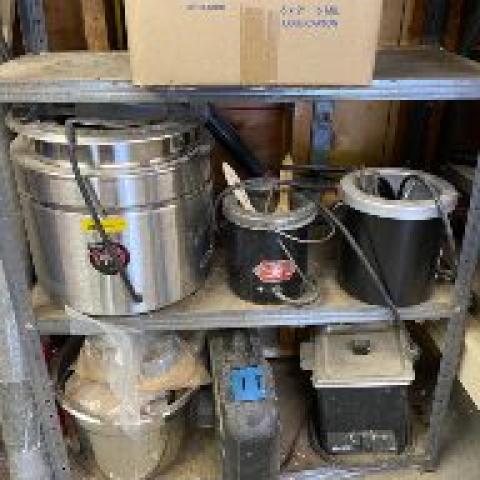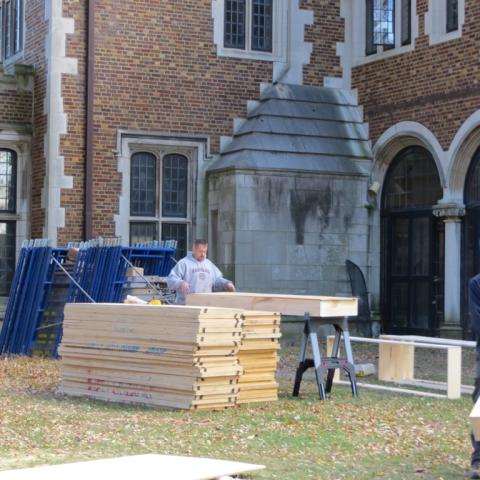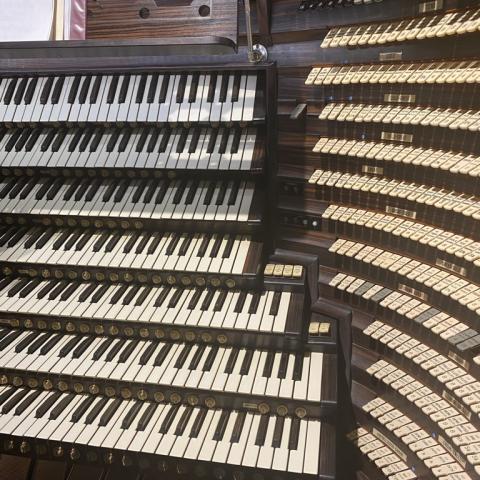
Top Rung Tower Chime & Organ Service recently completed repairs to the 1932 Deagan Tower Chime of ten notes on the eleventh floor of the city hall in Asheville, North Carolina. While the 7,000-pound chime system was hoisted so that the deck could be reroofed, William Pugh and Caleb Rheal replaced the deteriorated six-inch by six-inch base timbers and rusted bolts prior to painters’ arrival. They also rewound onsite the large coils that retract the striker heads. The chimes are played from a paper-loop player on the ninth floor and a keyboard on the fifth floor.
After fourteen years in Lawrence, Kansas, ten years in Manhattan, Kansas, and ten years in Athens, Tennessee, the firm has moved to Etowah, Tennessee. Rheal is in charge of the shop, which is located in the historic former J. C. Penney building. Pugh is handling paperwork and consulting from La Crosse, Wisconsin.
For information: deagan.com.







